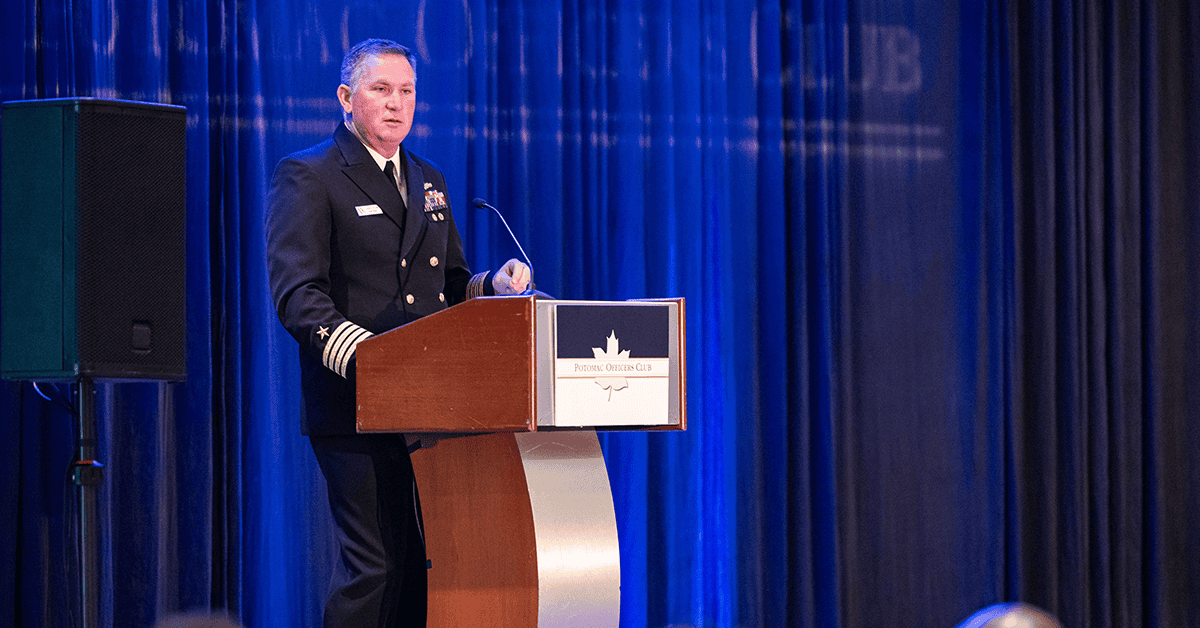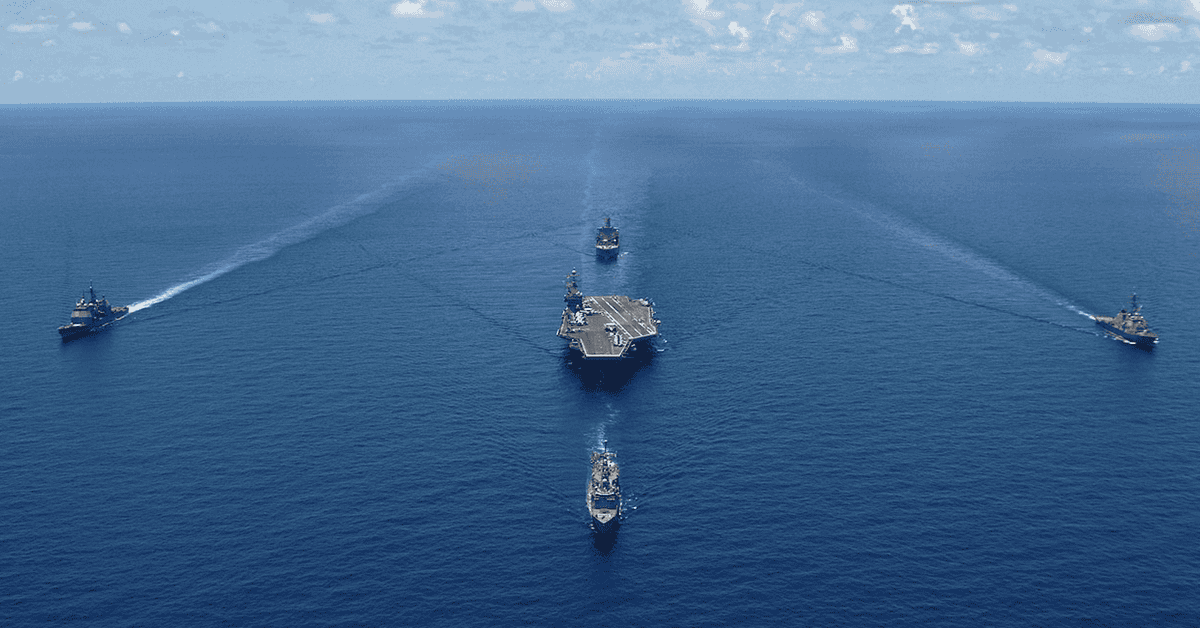GovCon Wire Events hosted its Defense Acquisition Priorities Forum on Tuesday, during which prominent leaders in the public and private sectors spoke on the advanced technologies, areas of interest and urgent challenges impacting procurement and acquisition strategies within the Department of Defense as well as how industry can help drive innovation across mission-critical focus areas.
Christopher O’Donnell, acting assistant secretary of defense for acquisition for the Department of Defense, began the forum with an insightful keynote address which provided the virtual audience with a comprehensive look at the global threats, emerging technologies and innovation opportunities currently influencing the Pentagon’s acquisition efforts in today’s challenging defense landscape.
Following O’Donnell’s keynote speech, the forum proceeded with an expert panel featuring Bradley Goodrich of NavalX, The Department of the Air Force’s Brigadier General Scott Martin and Douglas Packard of Defense Information Systems Agency, who gathered to discuss how their respective organizations and agencies are shifting their acquisition priorities to reflect transformational changes over the past year and keep pace with swift modernization on a global scale.
If you missed Tuesday’s event, visit the GovCon Wire Events page to watch the Defense Acquisition Priorities Forum and other webinars on-demand.
To commence the panel discussion, moderator Rich Wilkinson, director of product marketing at Unanet and a GovCon Expert, introduced each panelist and implored them to share how their respective organizations are working to overcome obstacles, bolster national security and equip the nation’s warfighters with cutting-edge technologies and capabilities through evolving acquisition priorities.
Bradley Goodrich, deputy director of the U.S. Department of Navy’s NavalX, joined in on the panel discussion to explain how the innovation cell empowers the Navy to take on a more active, self-sufficient approach for its defense acquisition system and the innovations it aims to execute.
“Things don’t automatically graduate on their own from lower technology readiness levels to higher technology readiness levels,” Goodrich shared. “You have to really hustle the defense acquisition system to perform as directed.”
Goodrich also highlighted the foundational importance of fostering strong partnerships with industry and academia as NavalX works to optimize the acquisition process and better position the Navy for global competition.
“We cannot rely simply on the defense primes to win a great power competition war,” he said. “We need to leverage our entire nation if we think we are going to stand a chance, and that includes nontraditional partners and small and large firms that are not yet working with the DOD.”
He added, “We need to leverage good ideas that exist outside of our current friends and family inside the Navy.”
Douglas Packard, director of the procurement directorate and chief of the Defense Information Technology Contracting Organization for DISA, identified the two main obstacles in the agency’s acquisition process as funding and integration.
He asserted that in order to match the rapid pace of modern developments, agencies should place more budgetary emphasis on acquiring and integrating new technologies rather than on sustaining legacy infrastructures.
At DISA, Packard shared, “We get a budget that funds the current operational legacy technology, but we don’t get a budget to modernize or to look into sufficient emerging technology.”
A viable solution to this hurdle, he posited, could come from industry collaboration. Packard said private sector organizations may be able to help develop next generation design solutions that integrate new and innovative technologies with legacy systems to ensure operational continuity and cost effectiveness.
Brig. Gen. Scott Martin, who serves as the mobilization assistant to the deputy assistant secretary of the Air Force for Acquisition Integration, highlighted mid-tier acquisition programs as a vital impetus behind the Air Force’s ability to initiate and execute rapid developments across multiple focus areas.
“MTAs allow us to move with speed and discipline through the process, and they really give us a clear way ahead with proven success stories,” Brig. Gen Martin shared.
One of these mid-tier acquisition success stories, Martin shared, is the Air Force’s F-15EX program, which achieved flight within two years, compared to the Air Force’s average speed of ten years from onset to operational capability.
Among the Air Force’s allocation priorities are advanced technologies including hypersonic weapons, manned and unmanned air vehicle platforms, quantum computing and its Vanguard Skyborg project, which is an autonomous aircraft teaming architecture.
To hear the full expert panel discussion, visit the GovCon Wire Events page, where you can watch the Defense Acquisition Priorities Forum on-demand now.
GovCon Wire Events will host its Department of Defense: Digital Modernization Forum on Jan. 13 to gather elite defense agency and private sector leaders in discussion on how modernization and digital transformation initiatives are shaping approaches and operations for DOD agencies and the private sector.
Dr. Lisa Costa, chief technology and innovation officer for the United States Space Force, will serve as the event’s keynote speaker and share insights as to how the Space Force is leveraging industry partnerships, accelerating modernization and retaining its competitive edge in the rapidly-growing space domain today.
Visit the GovCon Wire Events page to register for the DOD: Digital Modernization Forum on Jan. 13.








